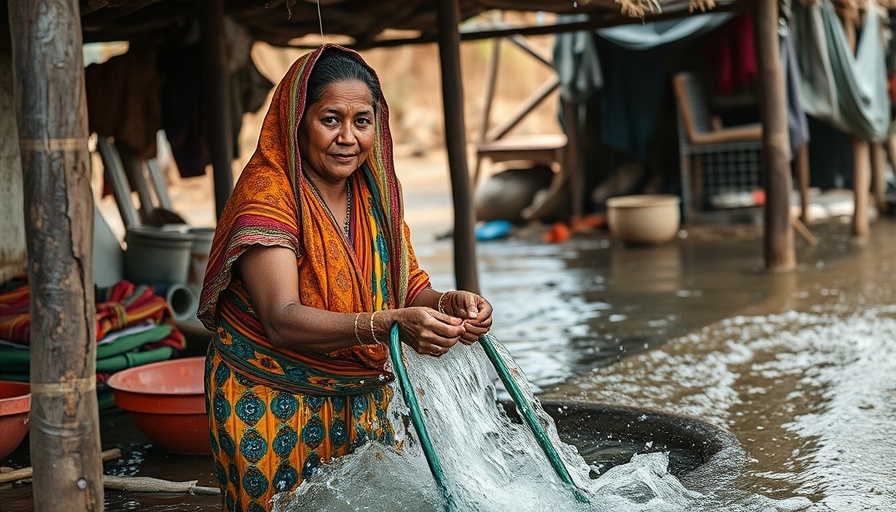
Understanding Tidal Flooding and Its Impact on Vembanad Lake
Vembanad Lake, the longest lake in India, has become an emblem of the environmental challenges faced by coastal communities. Residents like Raphel Abraham and Rajendran Thavanakkadavu have seen their lives transformed as they cope with persistent flooding due to tidal surges and sea-level rise exacerbated by climate change.
The local term 'kallakkadal,' or 'sea that arrives like a thief,' encapsulates the sudden and destructive nature of these floods that have plagued the area since December. As seawater breaches the banks, many inhabitants have been pushed out of their homes, creating an urgent need for sustainable solutions.
The Causes of Kallakkadal: A Shifting Narrative
Scientific understanding of kallakkadal has evolved over time. Researchers have established that these floods are not merely local phenomena, but are influenced by distant weather systems and oceanic waves that can travel thousands of kilometers before affecting Indian shores. This realization highlights the complex interconnectivity of global weather patterns and local environmental issues.
As M Balakrishnan Nair, director of the Indian National Centre for Ocean Information Services, points out, these swell waves result from massive storms and prolonged winds, highlighting the role of climate change in altering weather systems and contributing to the challenges faced by communities around Vembanad Lake.
Seeking Sustainable Solutions to Tidal Flooding
In light of these ongoing challenges, residents and experts alike are calling for effective flood mitigation strategies that incorporate beach restoration and sand dune construction. The disappearance of vital natural barriers has only worsened the situation, and restoring these beaches could help in preventing further flooding and provide a layer of protection for the communities.
Implementing sustainable solutions can create a resilient shoreline, minimizing future flood risks while also enhancing biodiversity and improving local ecosystems.
Learning from the Past: Historical Context of Coastal Management
Historically, local communities relied on the natural resilience of their coastlines. However, coastal degradation has accelerated due to both human activity and climate change, illustrating a pressing need for sustainable coastal management practices. By analyzing past interventions and their effectiveness, stakeholders can craft comprehensive strategies that prioritize both environmental restoration and community welfare.
The Role of Community Engagement in Solutions
For any sustainable project to succeed, it must involve the voices of the community. Residents of the Vembanad Lake area have repeatedly expressed their desire for permanent housing solutions rather than temporary government shelters. These sentiments underscore the importance of placing community needs at the forefront of disaster response strategies.
By working together, local governments and communities can develop adaptive, eco-friendly practices that not only address immediate flooding issues but also promote long-term environmental health.
Conclusion: Embracing Sustainable Practices for a Resilient Future
The situation around Vembanad Lake serves as a stark reminder of the broader implications of climate change on coastal communities. As the world grapples with rising sea levels and increasing weather unpredictability, it becomes imperative to adopt sustainable living practices that include robust flood defense mechanisms, renewable energy solutions, and community involvement.
By integrating initiatives such as beach restoration, sustainable agriculture, and eco-friendly products, these communities can work towards reducing their carbon footprints and fostering a green future. It’s not just about survival but about thriving in the face of climate change. It's a call to action for communities everywhere to reevaluate their environmental strategies and embrace a more sustainable lifestyle.
Whether you're a local resident or simply an eco-conscious reader, engaging with sustainable practices can empower us all to protect our planet and ensure that future generations can enjoy its resources.
 Add Row
Add Row  Add
Add 



Write A Comment